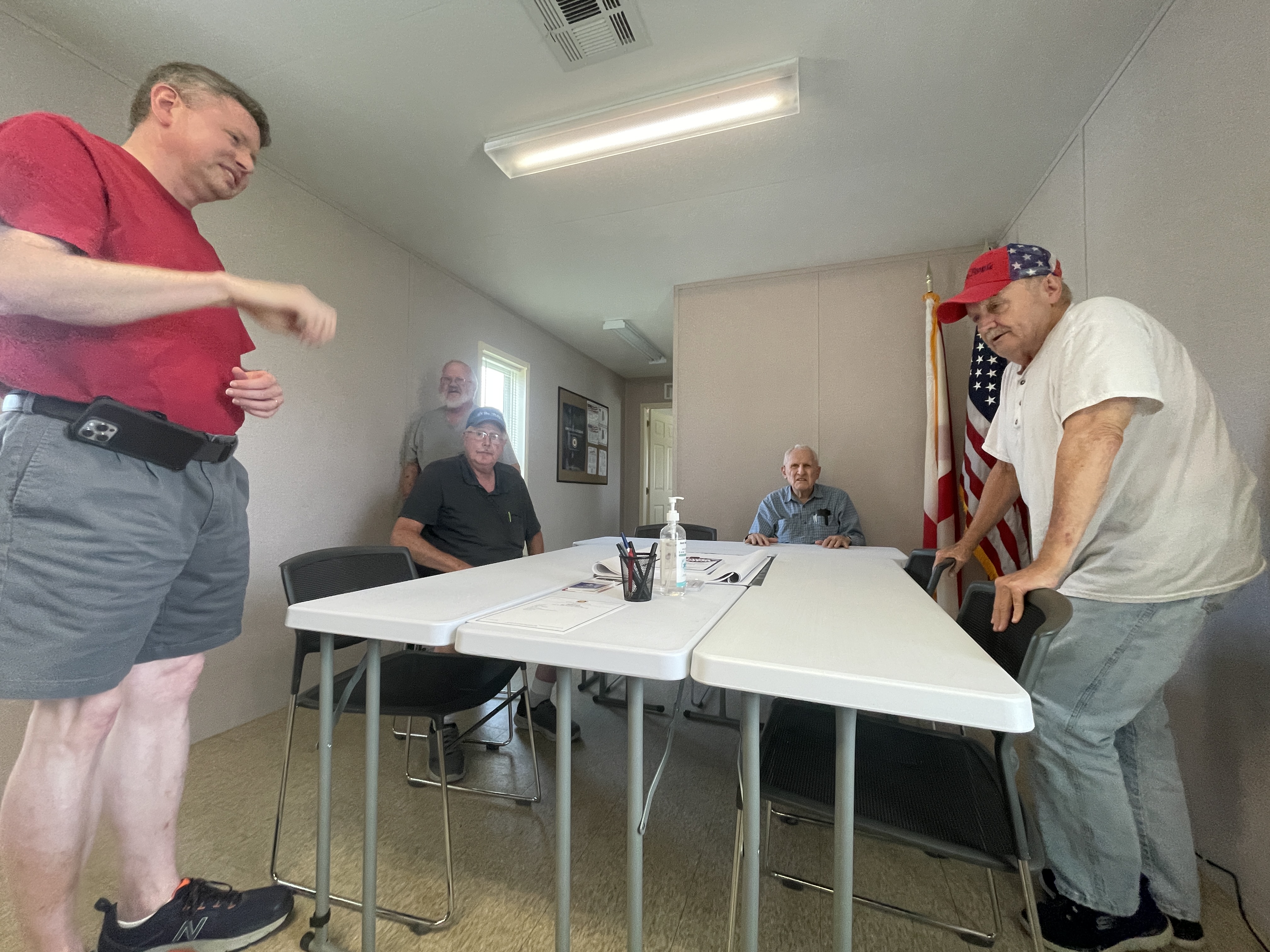Supreme Court allows Oklahoma’s death penalty procedures
Published 9:30 am Monday, June 29, 2015
OKLAHOMA CITY — A trio of death row inmates couldn’t convince the U.S. Supreme Court that they should be spared the use of a controversial execution drug because of the pain it may cause.
By a 5-4 vote, the U.S. Supreme Court on Monday upheld Oklahoma’s execution procedure which uses the sedative midazolam to render unconsciousness as part of a three-drug cocktail.
The lawsuit was brought by Oklahoma death row inmates Richard Glossip, John M. Grant and Benjamin R. Cole Sr., who contend that the drug leaves inmates conscious during executions rather than inducing a “coma-like state.”
Oklahoma – one of five states that uses midazolam – halted all executions as it awaited the court’s decision. It wasn’t immediately clear when it planned to resume the procedures.
But, just in case the lethal injection method was found unconstitutional, lawmakers earlier this year approved a measure to allow execution by nitrogen gas.
The Supreme Court ruled that Glossip and the other death-row inmates “failed to identify a known and available alternative method of execution that entails a lesser risk of pain,” Justice Samuel Alito wrote for the majority.
Death row inmates, he added, should have no expectation of a painless procedure:
“(B)ecause some risk of pain is inherent in any method of execution, we have held that the Constitution does not require the avoidance of all risk of pain. … After all, while most humans wish to die a painless death, many do not have that good fortune. Holding that the Eighth Amendment demands the elimination of essentially all risk of pain would effectively outlaw the death penalty altogether,” Alito wrote.
Other justices voiced deep opposition, however.
Justice Sonia Sotomayor, in a dissenting opinion, said the Supreme Court leaves death row inmates “exposed to what may well be the chemical equivalent of being burned at the stake.”
She recounted expert testimony that suggests that midazolam isn’t reliable in rendering inmates unconscious.
“The Court’s determination that the use of midazolam poses no objectively intolerable risk of severe pain is factually wrong. The court’s conclusion that (the inmates’) challenge also fails because they identified no available alternative means by which the state may kill them is legally indefensible.”
The Supreme Court heard arguments in the Glossip case on April 29 – coincidentally one year to the day after Clayton Lockett died after a prolonged execution that took 43 minutes.
Witnesses reported that Lockett writhed and appeared to be conscious at points during the execution, leading critics to question whether midazolam was powerful enough to render a person unconscious.
A state investigation later found that an IV used to administer the lethal drugs to Lockett had come loose, but wasn’t immediately noticed, during the execution.
The Supreme Court early this year signaled some reservations over Oklahoma’s execution procedure.
Charles Warner, set to be executed in January for raping and killing an 11-month-old girl, asked the court to intervene. Justices voted 5-4 to allow his execution to proceed.
But in a dissent that experts called unusual given the circumstances, four justices argued that Warner deserved a stay because his attorneys had raised ample doubt that Oklahoma’s procedure violates Constitutional protections against cruel and unusual punishment.
Writing on behalf of that group, Sotomayor made reference to botched executions in other states involving midazolam. A lower court’s ruling that it serves as a sufficient anesthetic to render an inmate unsonscious, she wrote, is “difficult to accept given recent experience with the use of this drug.”
The Supreme Court’s opinion in Glossip v. Gross is here: http://www.supremecourt.gov/opinions/14pdf/14-7955_aplc.pdf
Janelle Stecklein covers the Oklahoma Statehouse for CNHI’s newspapers and websites. Reach her at jstecklein@cnhi.com





